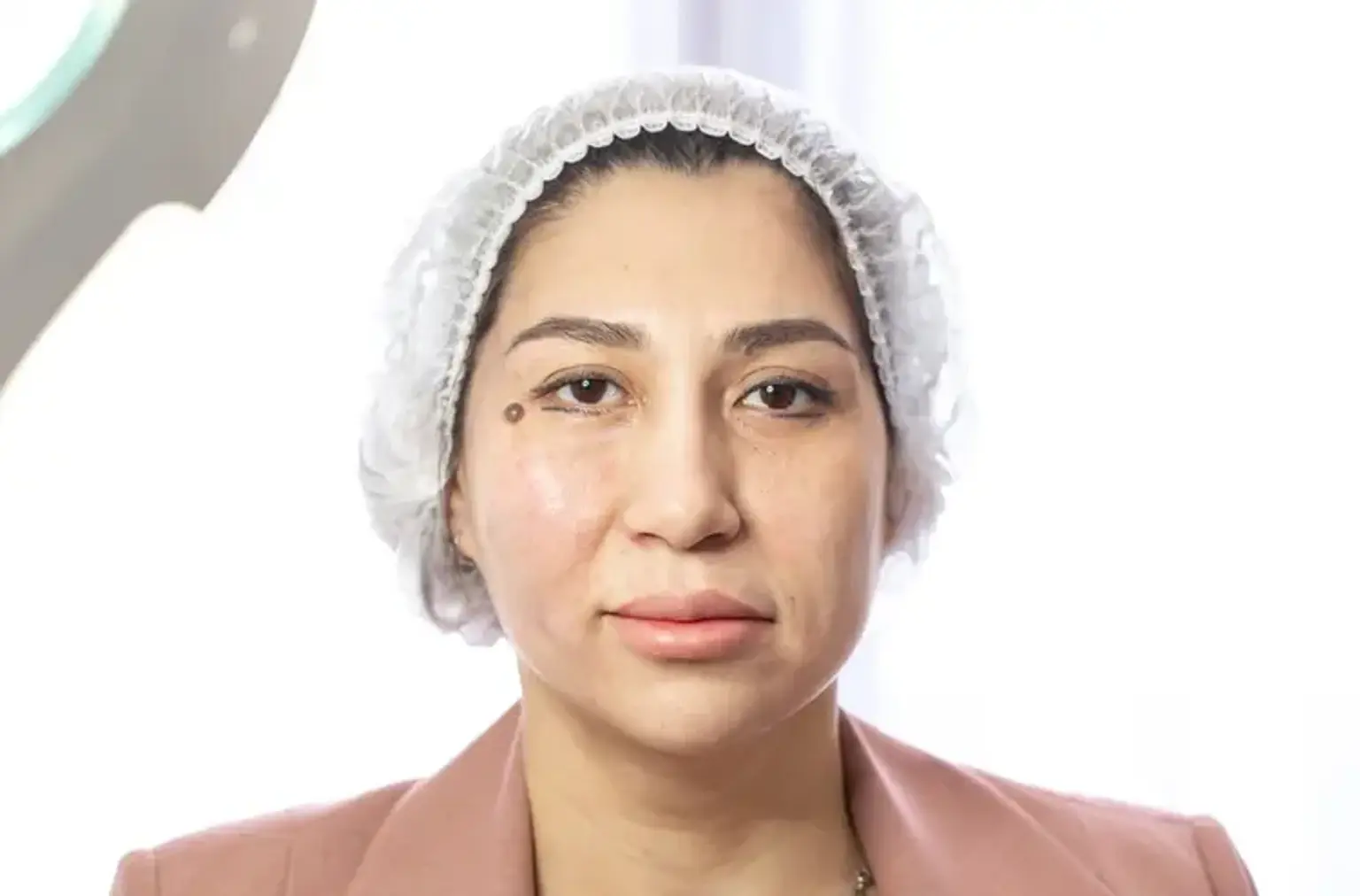Introduction
Eyelid drooping, also known as ptosis, is a common condition where the upper eyelid sags, either partially or completely, over the eye. While often associated with aging, this condition can occur at any age and may affect one or both eyes. Eyelid drooping can have significant effects on both a person's appearance and vision, often making the eyes appear tired or older. In severe cases, it can obstruct vision, leading to safety concerns and reduced quality of life.
Eyelid drooping correction surgery, also called ptosis surgery, aims to restore a more youthful appearance by lifting the eyelids and improving the function of the eyes. This procedure is particularly beneficial for people whose drooping eyelids are not just a cosmetic concern but also a functional issue, impacting vision. In this article, we will explore the causes, treatments, and options available for eyelid drooping correction, focusing on blepharoplasty and ptosis surgery, and help you understand what to expect before, during, and after the surgery.
What is Eyelid Ptosis and Why Does It Happen?
Ptosis refers to the drooping of the upper eyelid, which occurs when the levator muscle—the muscle responsible for lifting the eyelid—weakens or becomes stretched. This muscle may also become detached or be unable to function properly, causing the eyelid to sag. Ptosis can be classified based on its severity, from mild cases that slightly obscure the eye to severe cases that almost completely cover the pupil, impairing vision.
There are several causes of ptosis:
Aging: As we age, the skin and muscles around the eyes naturally lose elasticity and strength. The levator muscle may weaken over time, leading to eyelid drooping.
Genetics: In some cases, drooping eyelids are hereditary, with individuals being born with weakened eyelid muscles.
Trauma or injury: Physical injury to the eye area or surgery complications can result in damage to the muscles and nerves that control eyelid movement, leading to ptosis.
Neurological conditions: Certain conditions such as myasthenia gravis (a condition that weakens muscles) or Horner’s syndrome can cause eyelid drooping.
Congenital ptosis: This type of ptosis is present from birth and is often caused by an underdeveloped levator muscle.
While ptosis is most commonly associated with aging, it can happen at any age. It may develop gradually, and in some cases, it may be so subtle that it is not noticed until it starts to interfere with vision or become a cosmetic concern. Regardless of the cause, ptosis can affect both the upper eyelids, with one or both eyelids drooping, which can result in a tired or sad appearance and impact one’s self-esteem.
